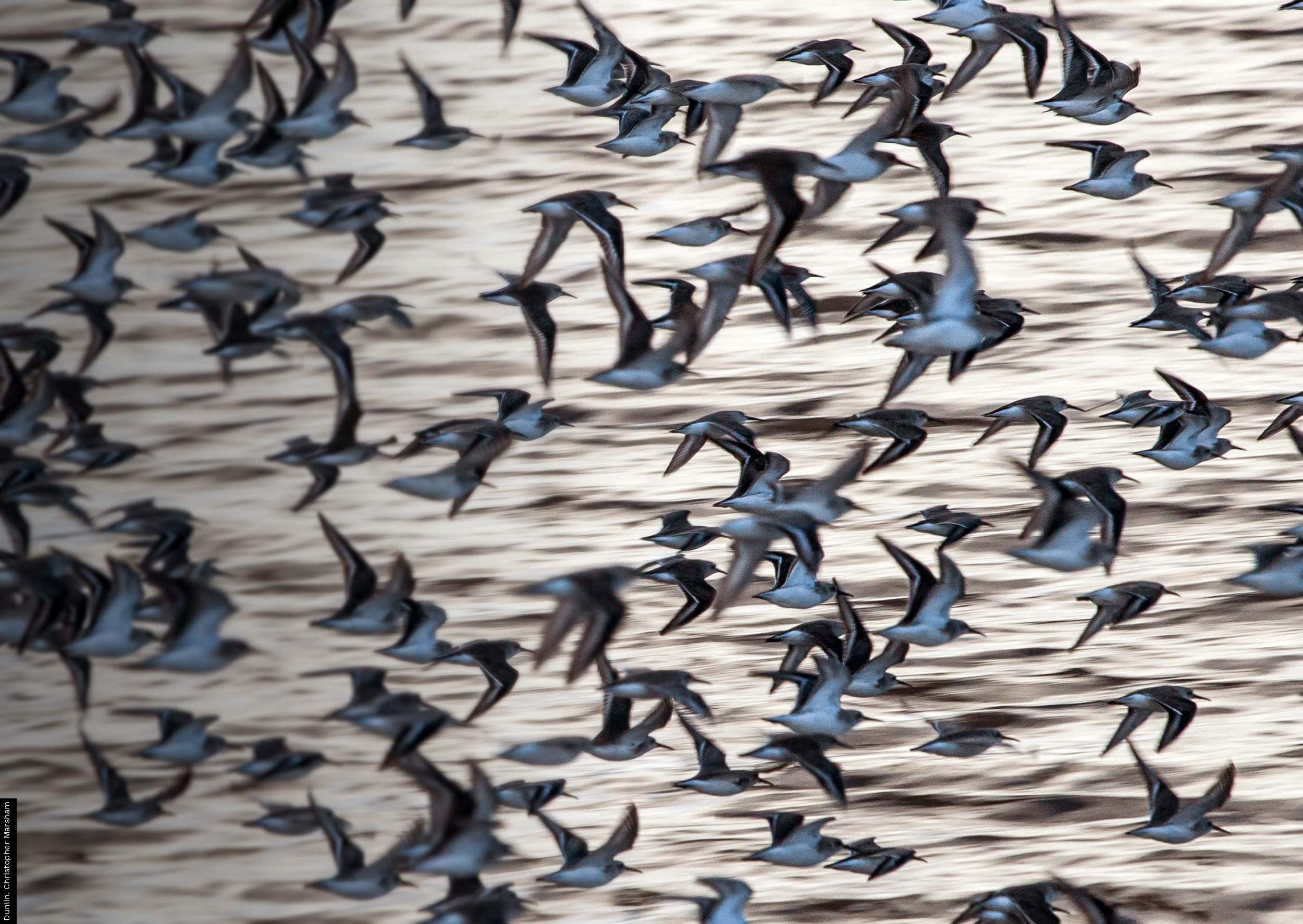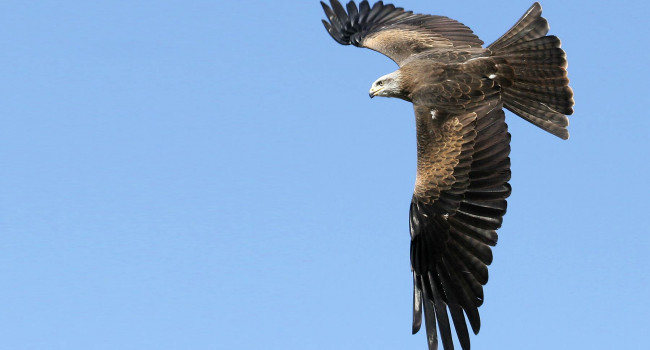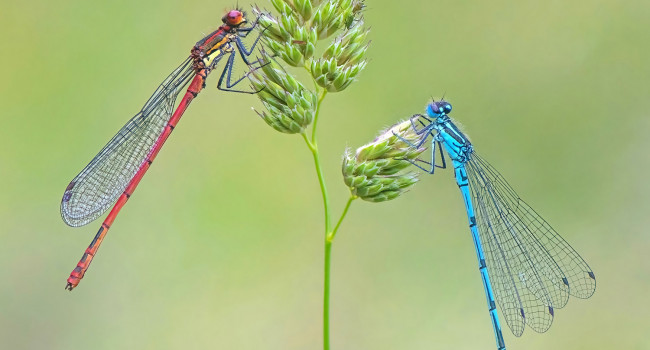Ducks take a dive as milder winters keep birds in an unfrozen north
25 Apr 2024 | No. 2024-13
Fewer ducks, geese, swans and wader species are travelling to the UK as milder conditions continue to define northern European winters.
The UK is host to internationally important numbers of wintering waterbirds, and the long-standing Wetland Bird Survey (WeBS) and Goose and Swan Monitoring Programme (GSMP) provide essential data that inform decision makers when considering conservation measures for these birds.
With data provided by over 3,800 dedicated volunteers across the UK, the surveys deliver an annual assessment of ducks, geese, swans, waders and other waterbirds residing on, or passing through, our coasts, estuaries, lakes, reservoirs and rivers.
Published today, the 2022/23 WeBS report reveals yet more changes in the fortunes of many of our wildfowl and waders. As winters continue to become milder and damper across much of northern Europe, many species are altering their behaviours in response.
Historically, harsh conditions in northern and eastern Europe would see huge numbers of birds migrating to the relatively mild conditions of a British winter but now, as previously frozen landscapes become increasingly accessible, significant numbers of birds are staying closer to their breeding grounds, in a phenomenon known as short-stopping.
Those that do still make the journey across the North Sea to spend the winter in the UK are often arriving later and leaving earlier, therefore staying with us for much shorter periods. This has become increasingly noticeable in such species as Bewick’s Swan, which has declined by 96% in the last 25 years, while Goldeneye numbers have halved and Dunlin have dropped by a third.
Although 2022 and 2023 were the two warmest years on record in the UK, the 2022/23 winter was something of a mixed bag. December 2022 experienced a notable cold snap, followed by a period of milder weather before temperatures tumbled briefly in mid January. The rest of the winter period remained mostly mild and settled. As a consequence, there appeared to be little major cold weather-related movement of wildfowl and waders and once again many species remained on the continent.
However, it is not just wildfowl from the north that are undergoing change. The survey has also revealed that other familiar waterbirds such as Coot are being affected by milder winters. The UK Coot population comprises both resident birds which breed here and some birds which join them for the winter. And while research suggests declines in our breeding population, we are also seeing a notable reduction in wintering birds. Coot are not generally considered as migratory but ringing recoveries have demonstrated that they can cover considerable distances. For example, one Coot that was ringed in London in 2017, was spotted in St. Petersburg, Russia, in April 2021, three months after last being seen in London. It was then seen again in London in March 2022, showing that it completed a round trip of 4,000 km!
Not only are we seeing a reduction in birds arriving for the winter, but the survey also reveals that some birds which would have left the UK in autumn are now staying, rather than heading to warmer climes. We have seen an increase in the numbers of such species as Black-tailed Godwit, a striking wading bird of freshwater marshes and estuaries, remaining on our shores as opposed to migrating to southern Europe, as they did in the past.
As our waders and wildfowl continue to adapt to a changing climate, degraded landscapes and multiple other challenges, it is essential that we continue to monitor their movements and distribution, so that we may inform future conservation decisions and considerations.
Dr Teresa Frost, WeBS Manager at the British Trust for Ornithology, said “The cold snaps during the winter forced ducks like Mallard to congregate on large wetlands covered by the survey. While it’s fascinating to see short-term weather impacts like this in the data, the bigger story is research showing migratory short-stopping has contributed to the declines we are seeing in the survey for at least 25 of our commonest waterbird species that winter in the UK.”
Simon Wotton, Senior Conservation Scientist at the Royal Society for the Protection of Birds (RSPB), said “The Wetland Bird Survey alongside the Goose and Swan Monitoring Programme is an invaluable tool for better understanding the impact of climate change on our wintering waterbirds that typically breed further north and east. The scientific community owe a debt of gratitude to the volunteers whose coordinated efforts make these long-term studies possible “
Dr Kirsi Peck, Evidence Specialist at the Joint Nature Conservation Committee, said “Long-term monitoring by the Wetland Bird Survey and Goose and Swan Monitoring Programme has revealed short-stopping as a contributor to the observed changes, mostly declines, to our wintering waterbird populations. However, we must not forget that some of these species, such as the Bewick’s Swan, are also experiencing declines in their breeding populations. Continued monitoring here in the UK and international collaboration on flyway scale are important to tracking future population changes as migratory bird populations continue to be impacted by climate change–induced changes in their breeding and wintering habitats.”
NatureScot’s Ornithology Adviser, Dr Jessica Shaw, said “The Goose and Swan Monitoring Programme continues to be a critical tool in keeping track of the population status of our geese in a changing world. The importance of this work has been highlighted particularly over the past few years with our two Barnacle Goose populations heavily impacted by avian influenza, although in different years. Results from this year show signs of recovery in the earlier impacted Svalbard population, but we have not yet seen that in the Greenland population. Such information is vital for species conservation both nationally and internationally.”






Share this page